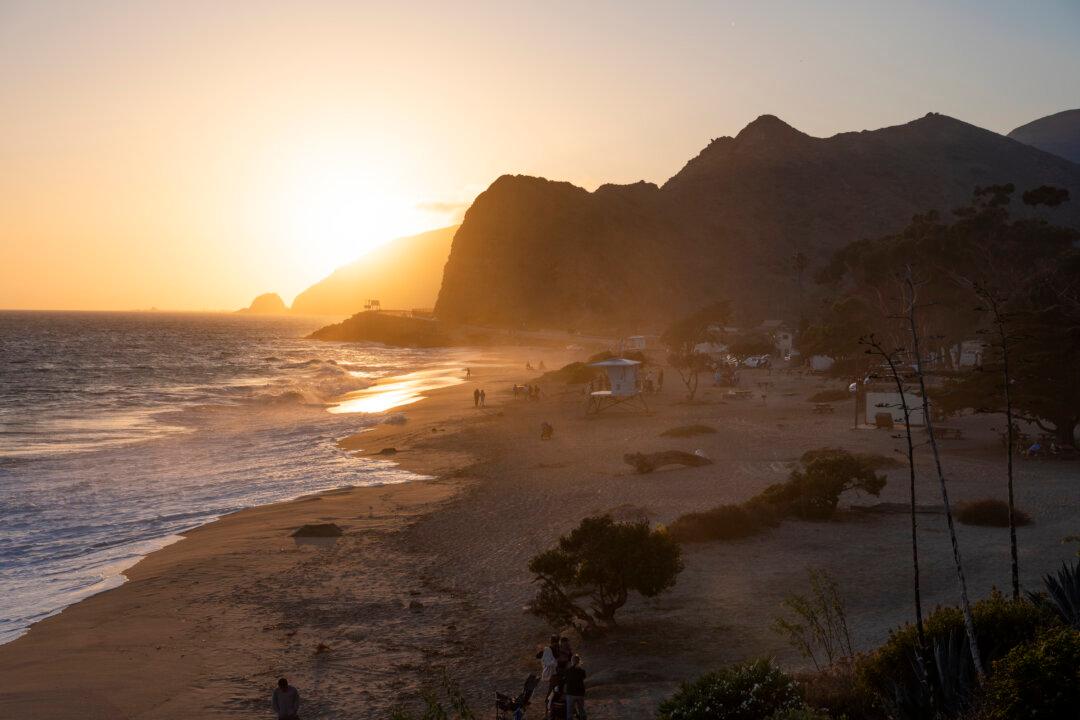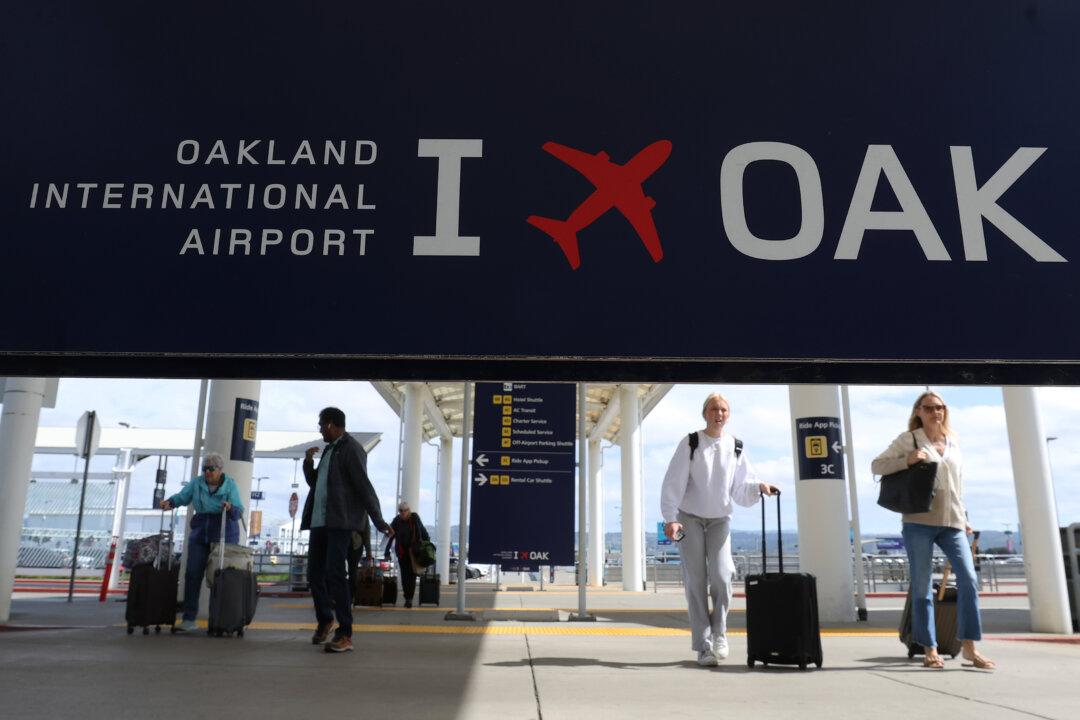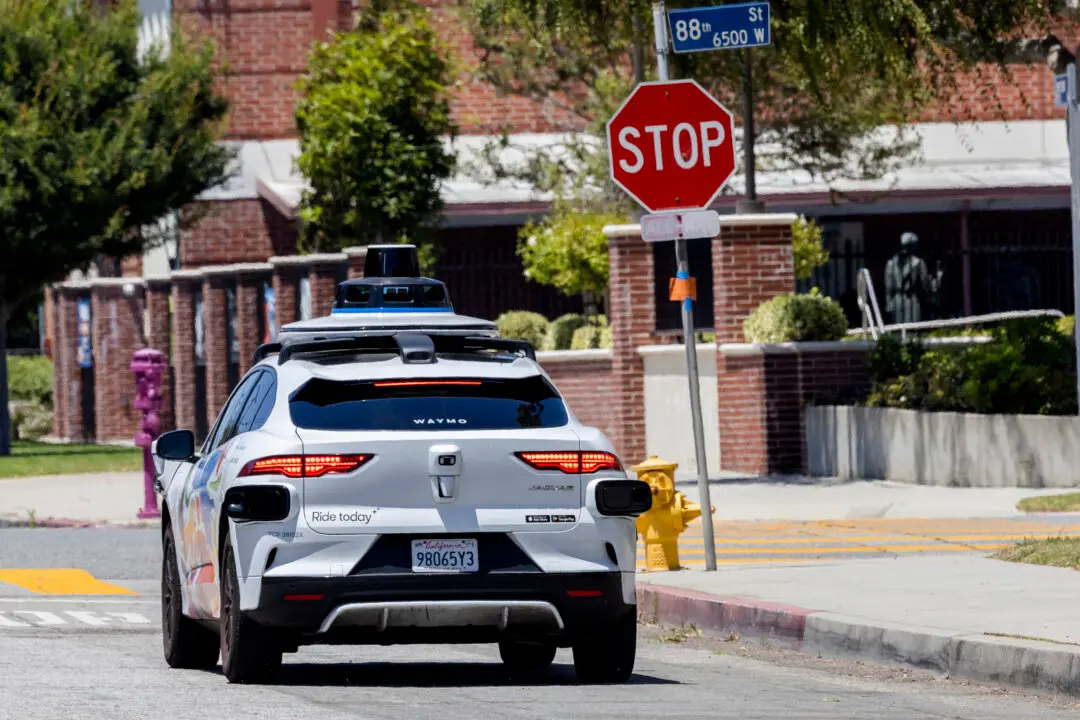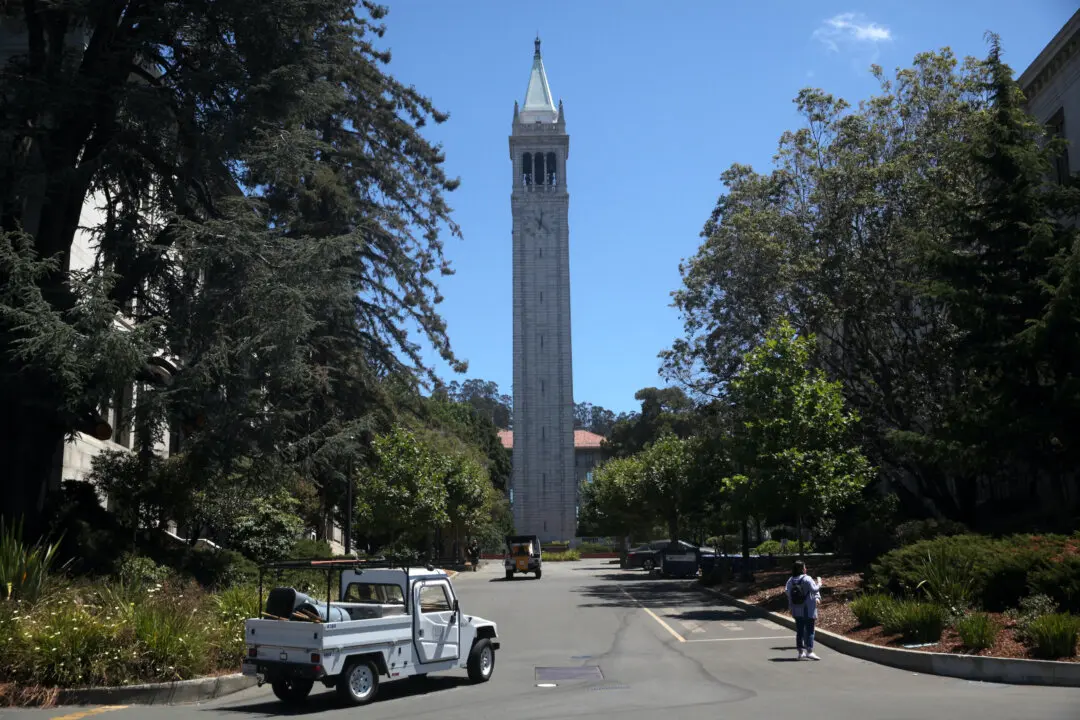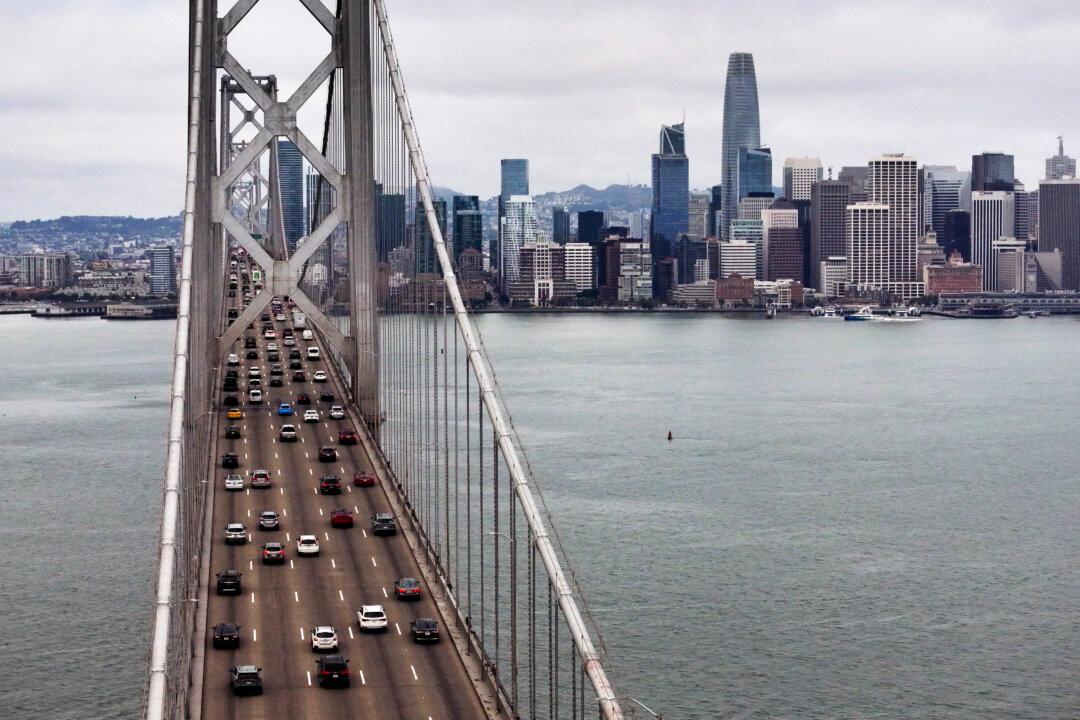SAN FRANCISCO—Residents from affected neighborhoods are seeking options to prevent the permanent closure of the Upper Great Highway, according to the official opponent of Proposition K.
Prop K, a measure to replace the Upper Great Highway with a park, marginally passed in the election this month, with 54.7 percent of the vote. An online map of the election results shows a divided city with strong opposition to Prop K from most western and southern areas, including Sunset District, Richmond District, and others.
